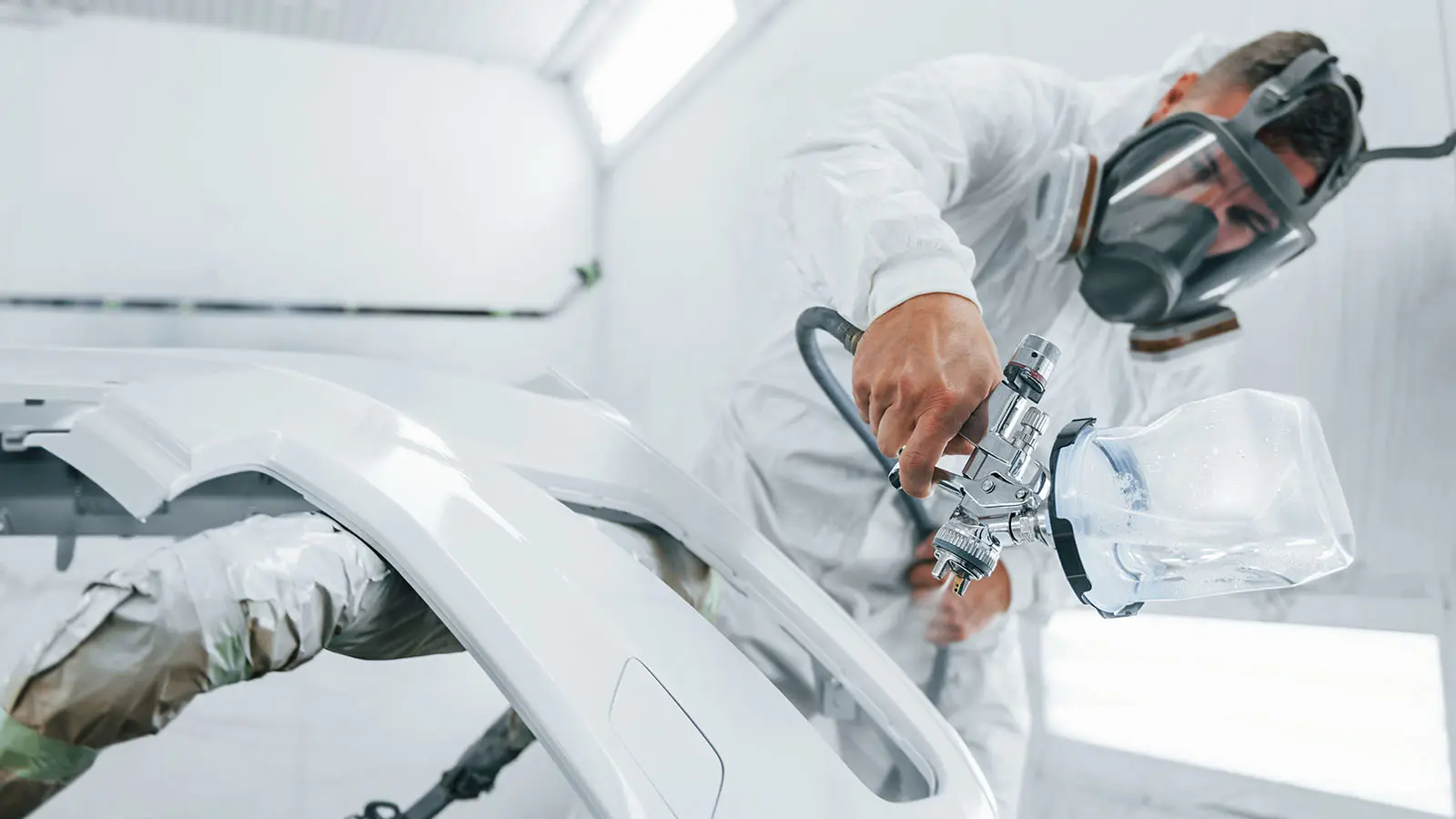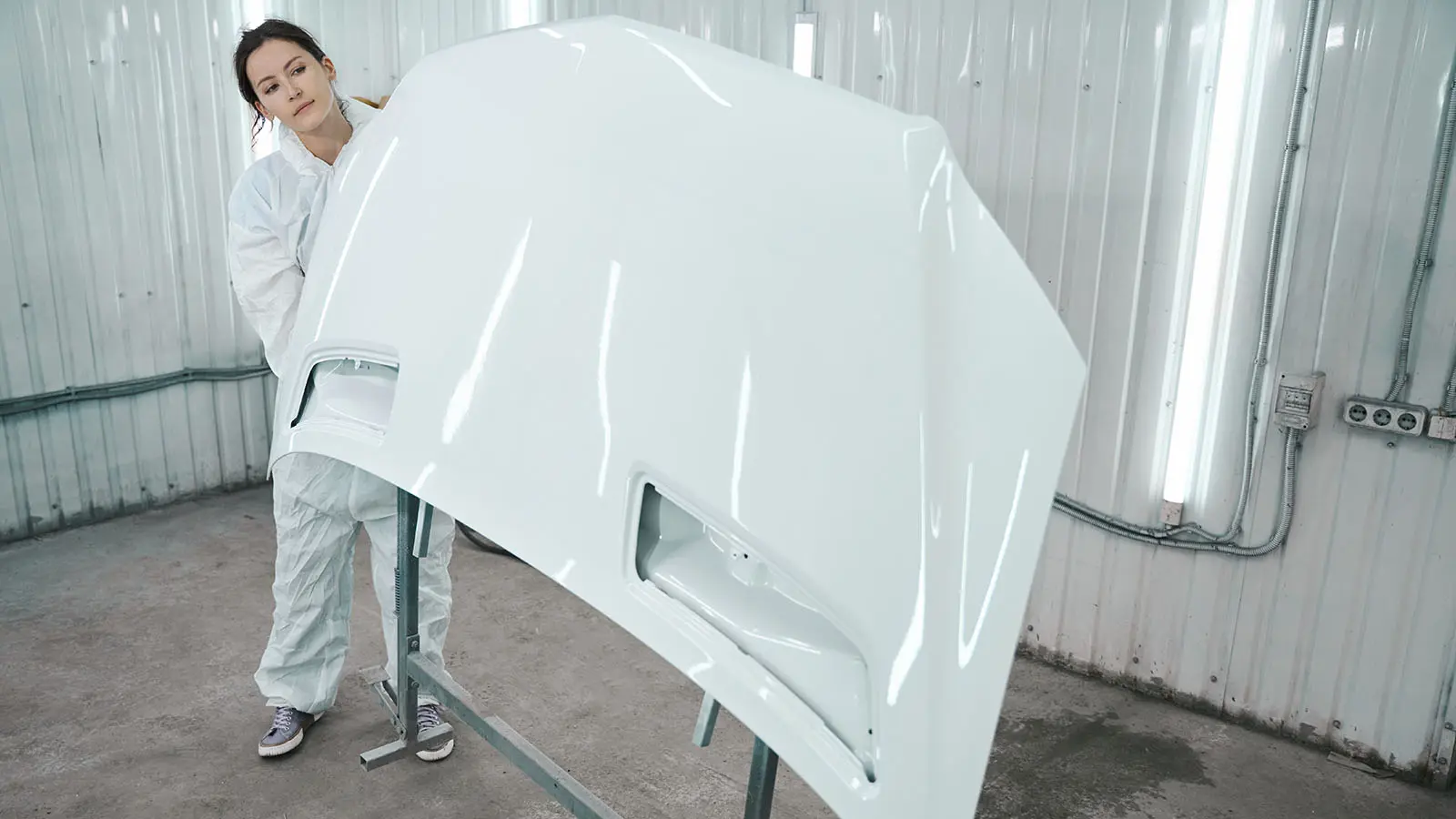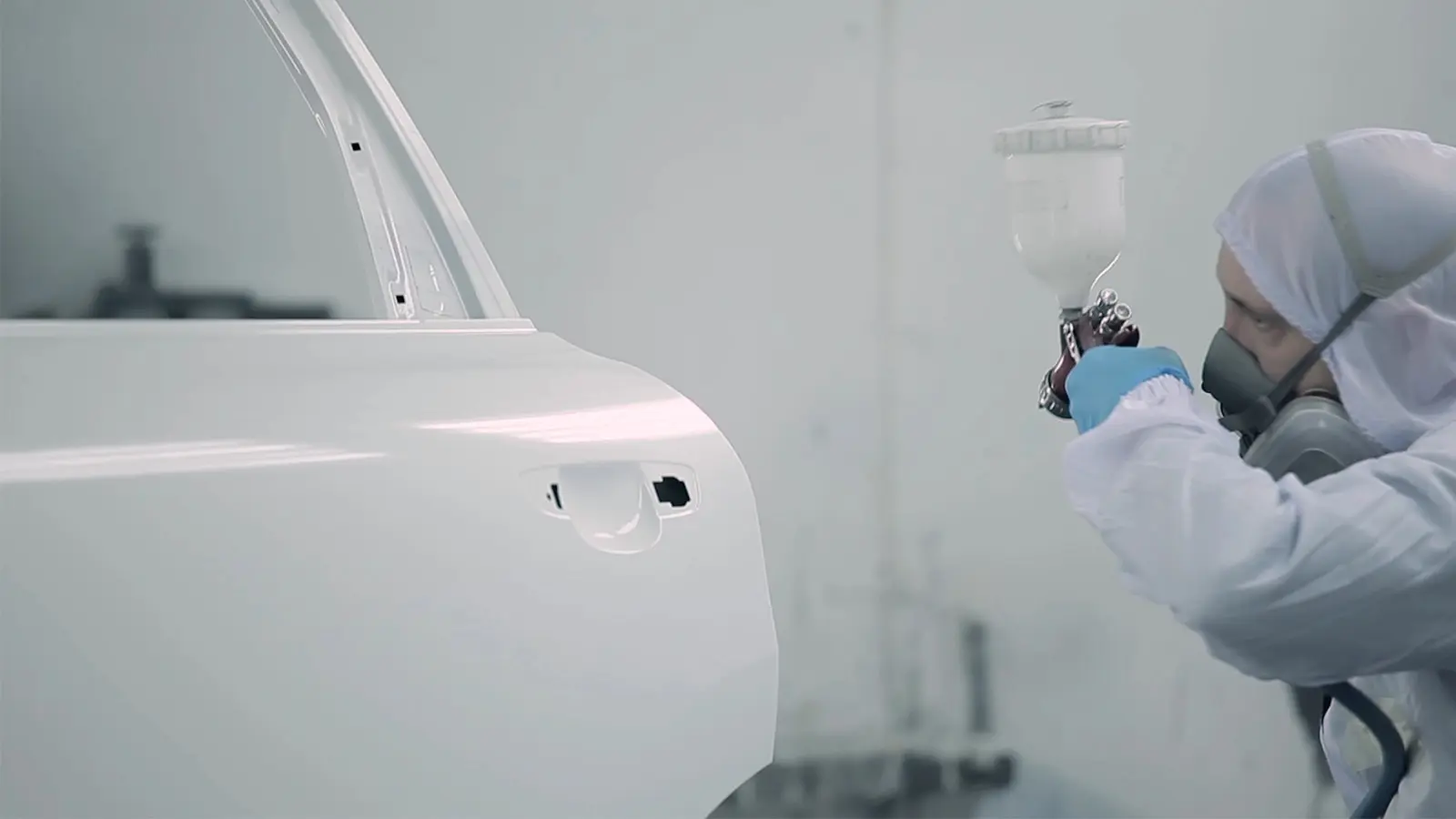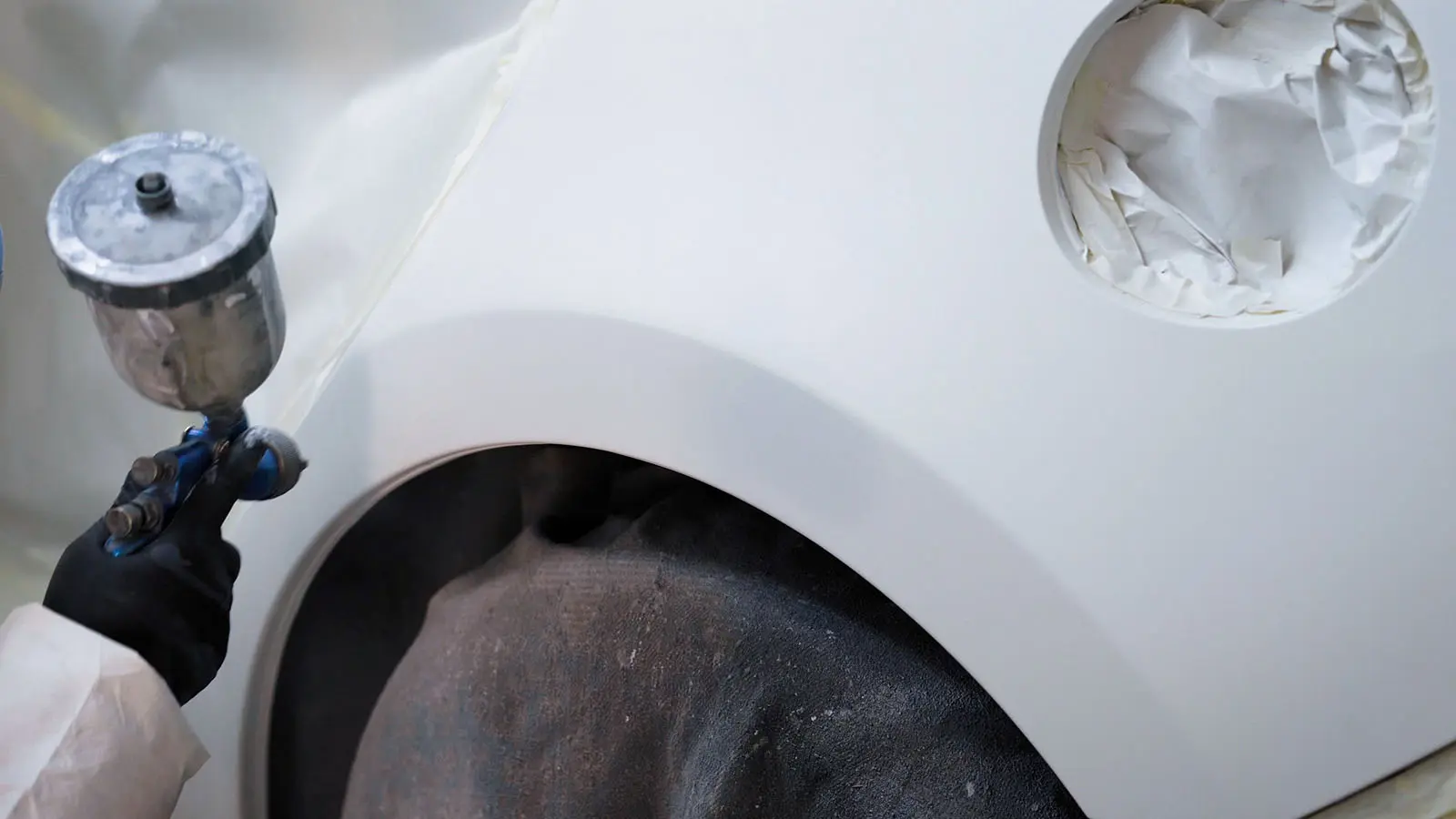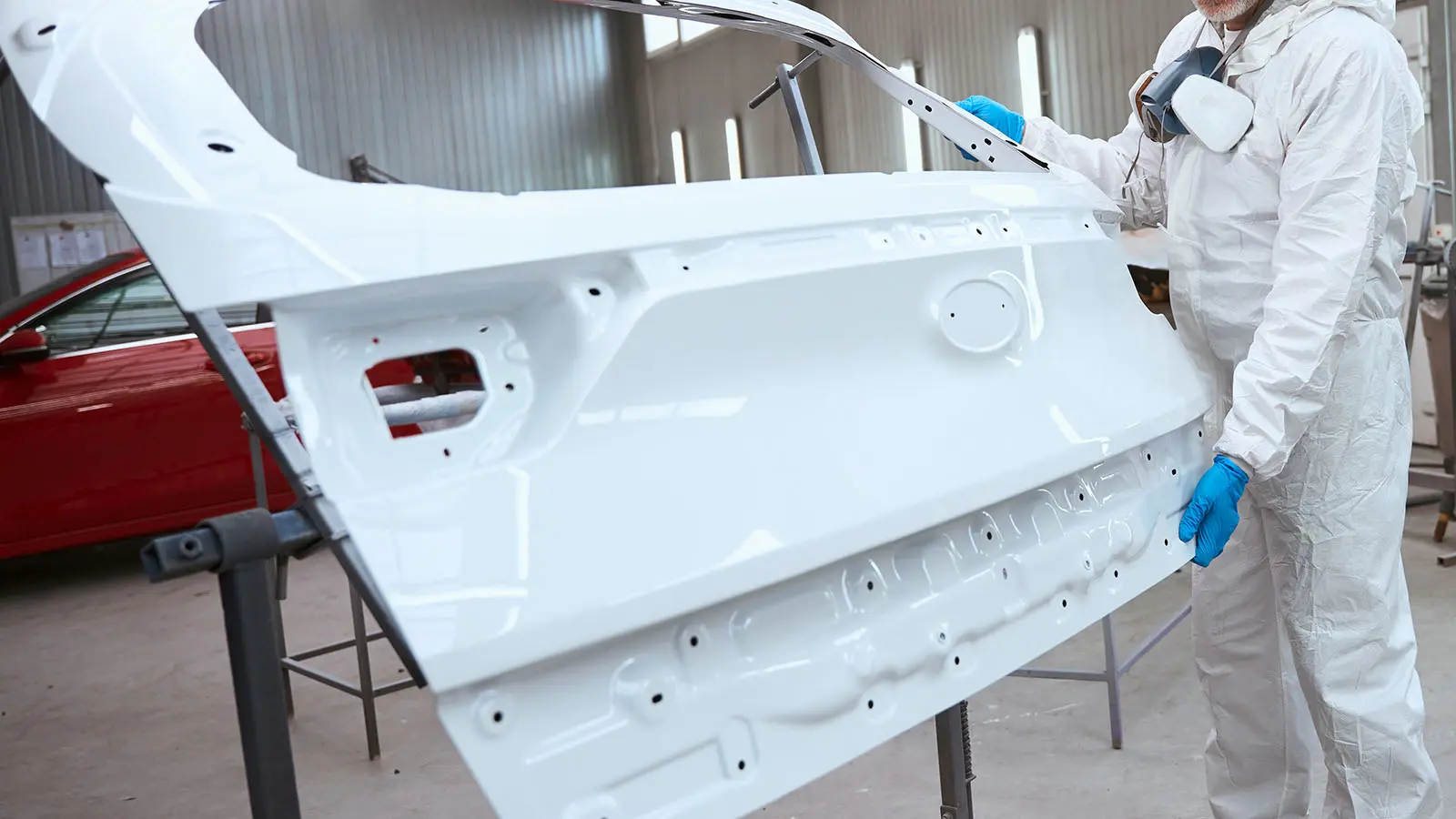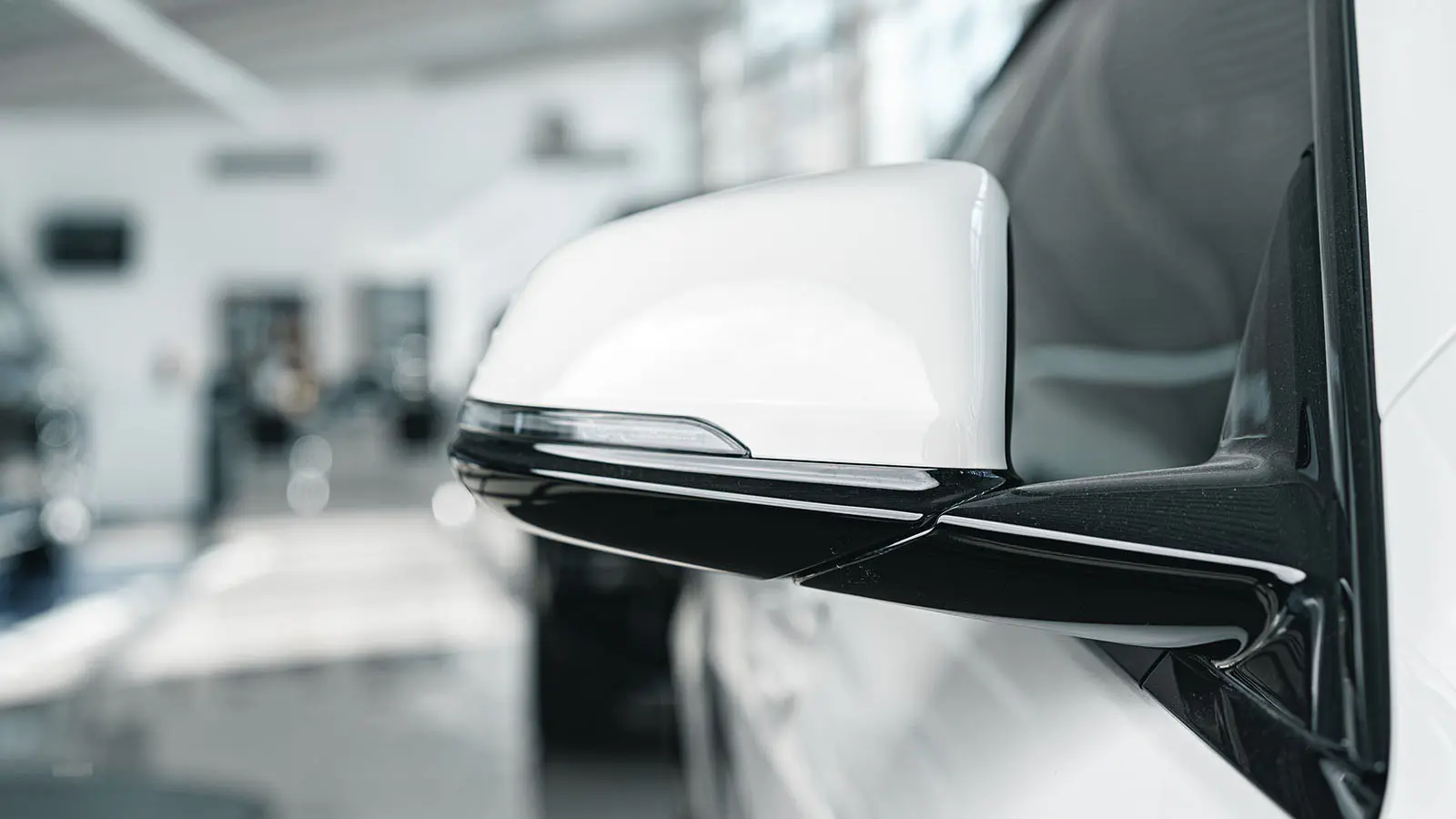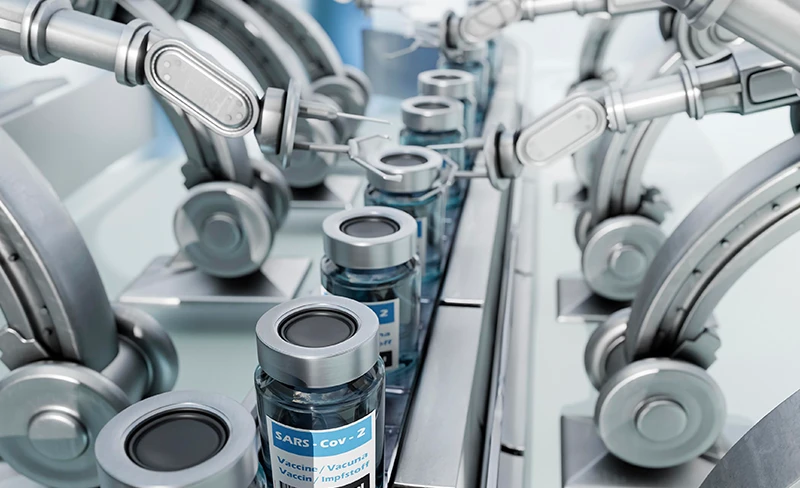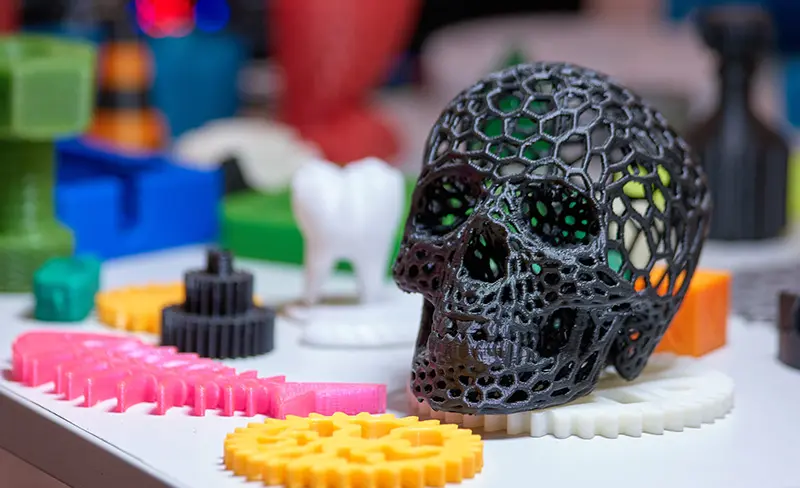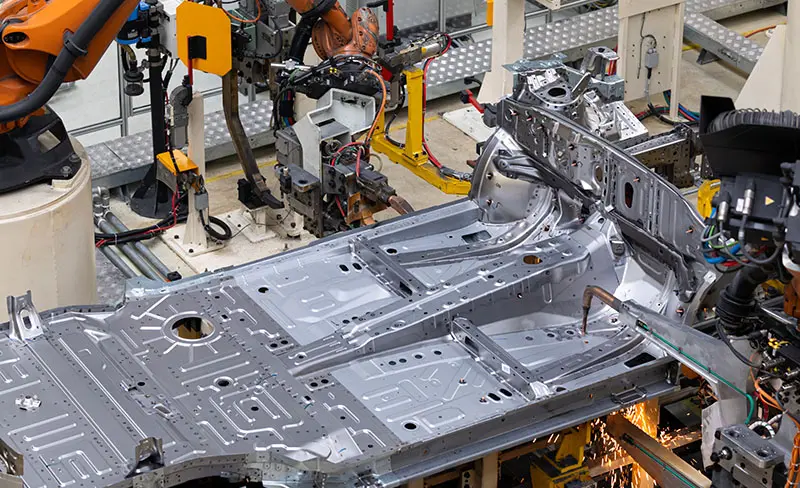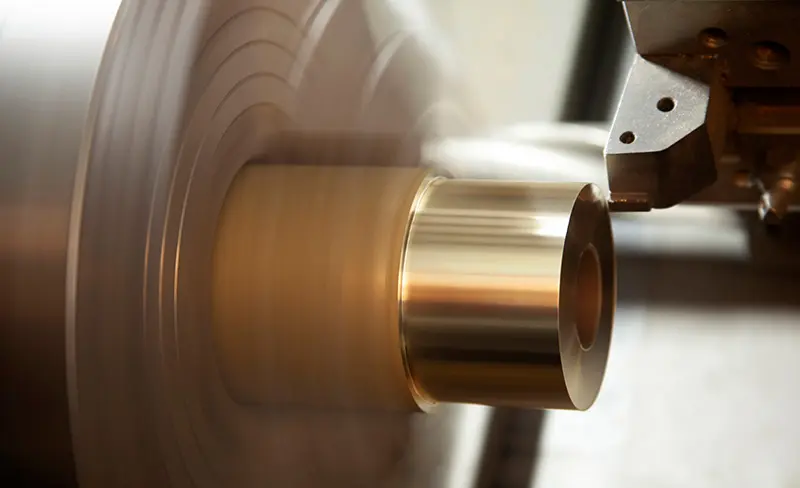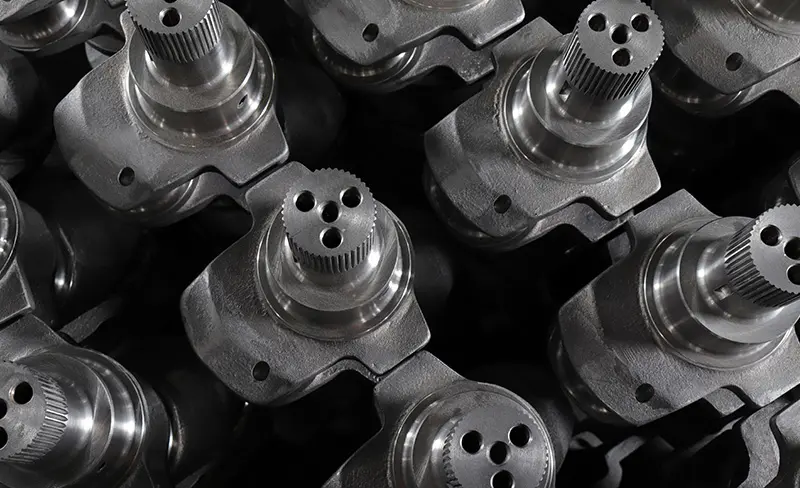The Smooth Surface Finishing Methods of Six Common Automobile Parts
- Release Date: April 26, 2024
Introduction
Surface finishing is a critical aspect of automobile manufacturing, impacting both aesthetics and performance. From the sleek lines of a car’s exterior to the functional components hidden beneath the hood, surface finishing plays a pivotal role in enhancing durability, appearance, and overall quality. In this blog post, we’ll delve into the smooth surface finishing methods employed in six common automobile parts. From front bumpers to side mirrors, each component undergoes a meticulous process to achieve the desired finish. Let’s explore these methods in detail.
Smooth Surface Finishing Methods
Front Bumper
1. Sanding and Priming: The process begins with sanding the surface to remove imperfections and create a smooth foundation. Once sanded, the bumper is primed to enhance adhesion and provide a uniform base for painting.
2. Spray Painting: Professional-grade spray painting techniques are employed to apply the desired color to the bumper. Multiple coats may be applied to achieve the perfect hue and coverage.
3. Clear Coat Application: To protect the paint and impart a glossy finish, a clear coat is applied over the painted surface. This clear layer adds depth and durability to the bumper’s appearance.
Hood
1. Surface Preparation: Similar to the front bumper, the hood undergoes thorough surface preparation, including cleaning and sanding to ensure a smooth substrate for painting.
2. Wet Sanding: Wet sanding is employed to further refine the surface and remove any remaining imperfections. This step ensures a mirror-like finish and optimal paint adhesion.
3. Buffing and Polishing: After painting, the hood is buffed and polished to enhance shine and eliminate any minor blemishes. This final step results in a flawless surface ready to withstand the elements.
Doors
1. Surface Cleaning: Doors are meticulously cleaned to remove dirt, grease, and other contaminants that may affect the adhesion of the surface finish.
2. Surface Smoothing: Any dents or dings are addressed through surface smoothing techniques, ensuring a seamless finish across the door panel.
3. Paint Application Techniques: Various paint application techniques, such as spraying or brushing, are utilized to achieve consistent coverage and color matching.
Fenders
1. Surface Inspection: Fenders undergo a comprehensive surface inspection to identify and address any imperfections before proceeding with the finishing process.
2. Surface Leveling: Surface leveling techniques are employed to ensure uniformity and smoothness across the fender’s surface, enhancing the overall aesthetic appeal.
3. Paint Sealing: Once painted, the fender is sealed with a protective coating to enhance durability and resistance to environmental factors.
Trunk Lid
1. Surface Degreasing: Trunk lids are degreased to remove any oils or contaminants that may interfere with paint adhesion.
2. Surface Filling: Any scratches or dents are filled and smoothed to create a flawless surface for painting.
3. Topcoat Application: A topcoat is applied to the trunk lid to provide added protection and shine, resulting in a polished and refined appearance.
Side Mirrors
1. Surface Sanding: Side mirrors are sanded to create a smooth surface free of imperfections, ensuring optimal paint adhesion.
2. Surface Priming: A primer is applied to the sanded surface to promote adhesion and create a uniform base for painting.
3. Surface Finishing Touches: Final detailing and finishing touches are applied to the side mirrors, resulting in a sleek and polished appearance that enhances the overall look of the vehicle.
Conclusion
Smooth surface finishing methods are essential for achieving the desired aesthetic and functional qualities in automobile parts. From front bumpers to side mirrors, each component undergoes a meticulous process to ensure a flawless finish that enhances the overall appeal and durability of the vehicle. By understanding these surface finishing techniques, automotive manufacturers can deliver high-quality products that meet the expectations of discerning consumers. As technology and materials continue to evolve, the pursuit of smooth surface finishes remains a cornerstone of automotive design and production.
Try NOWfab Now!
All information and uploads are secure and confidential.
Latest Blog Posts
Stay at the forefront of industry innovation by reading our latest blog post.
